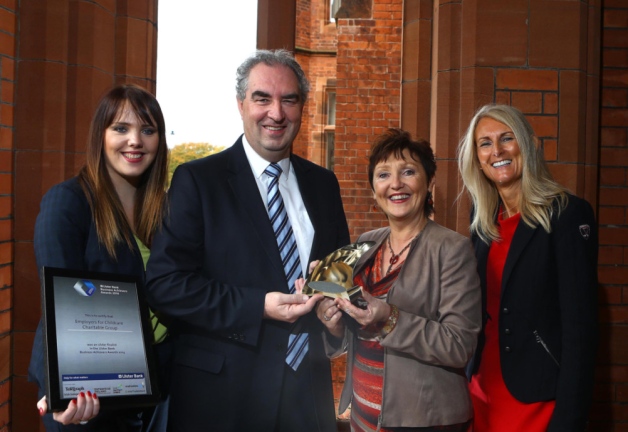Home
About Us
Page 2
The applications that should be submitted under this program should include demographic theories and approaches in the fields of biological anthropology, behavioral ecology, evolutionary biology, human biology and physiology, molecular and cellular biology, genetics, population genetics, and social epidemiology.
|
|
To financially support the execution of the program, the NIH and the NIA are set to administer funds in the amount of $100,000.
The institutions and organizations that will be considered eligible to submit an application under the Biodemography of Aging Program are the following:
a) Higher Education Institutions such as Public/State Controlled Institutions of Higher Education and Private Institutions of Higher Education
b) Hispanic-serving Institutions, Historically Black Colleges and Universities (HBCUs), Tribally Controlled Colleges and Universities (TCCUs), Alaska Native and Native Hawaiian Serving Institutions
c) Nonprofit organizations other than institutions of higher education
d) For-Profit Organizations such as Small Businesses
e) State Governments, County Governments, City or Township Governments, Special District Governments, Indian/Native American Tribal Governments (Federally Recognized), and Indian/Native American Tribal Governments (Other than Federally Recognized)
f) Independent School Districts, Public Housing Authorities/Indian Housing Authorities, Native American Tribal Organizations (other than Federally recognized tribal governments), Faith-based or Community-based Organizations, and Regional Organizations.
Biodemography of Aging Program
Back to Page 1
About The Author Iola Bonggay is an editor of TopGovernmentGrants.com one the the most comprehensive Websites offering information on government grants and federal government programs. She also maintains Websites providing resources on environmental grants and grants for youth programs. |
Additional Resources
category - Health Grants
Core Clinical Centers for the Cardiothoracic Surgical Trials Network Program
Children Youth and Families At-Risk Sustainable Community Project
Cancer Research Network: a Research Resource within Health Care Delivery System
Rheumatic Diseases Research Core Centers Project
Follow @topgovtgrant
Social Entrepreneurship
Spotlight
Childcare Charitable Group Named Top Social Enterprise

Employers For Childcare Charitable Group (EFCG), a Lisburn-based charity, has been crowned top Social Enterprise at the Ulster Final of 2014’s Ulster Bank Business Achievers Awards. EFCG seeks to “make it easier for parents with dependent children to get into work and to stay in work.”
